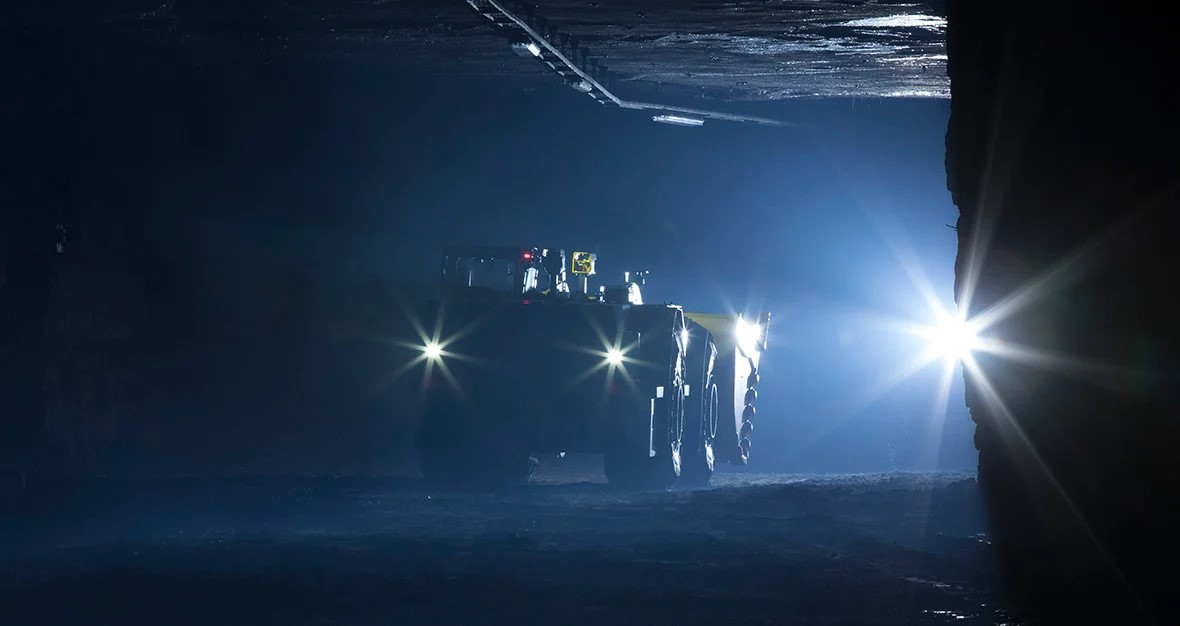With our software, 3D objects can be transformed to still look like the originals but require less memory and processing power. It makes it easier for the hardware to draw the model on the screen. You can take a model that requires a powerful computer and automatically transform it so that it can be displayed on a phone.
Ulrik Lindahl, CTO at Donya Labs.
Donya Labs began developing its optimisation application for the computer gaming industry. Optimisation is used in gaming to attain graphics quality that is as high as possible without negatively affecting the update frequency – frames per second. It is largely a matter of optimising 3D models and it was thus a natural step to also offer Simplygon to companies in other branches that needed real-time optimisation.
In simple terms, optimisation is based on the brain perceiving fewer details on an object the further away it is or the poorer the light and so forth. Simplygon’s software uses algorithms to automatically calculate how much an object can be simplified by reducing the number of polygons, for example, without compromising appearance.
New opportunities
It may not sound that remarkable, but if we look at the differences the programme must deal with, we begin realising how difficult this is.
A powerful computer can require 250 W to display a 3D model. We have to be able to transform the model so it can be displayed on a smartphone that due to battery conditions, may not use more than 2.5 W. The battery would otherwise immediately drained.
Ulrik Lindahl, CTO at Donya Labs.
By being able to display models on smartphones and tablets, new opportunities are provided. As an example, mechanics can work with models on their tablet computers out on the workshop floor to see exactly which steps that need to be taken when making a repair.
Take the step into the model
With Simplygon’s real-time optimisation, this can already be done, but we are also on the threshold of something that can revolutionise the use of 3D models: virtual and augmented reality, VR and AR, with Sony, Microsoft, Valve/HTC and Facebook, which owns Oculus Rift, among those to have presented special glasses.
Glasses that make you feel like you are in the model instead of looking at it from the outside. The glasses are designed to be comfortable to wear and consequently do not have all that much processing power or memory, but with optimisation, displaying models on them works fine.
“VR and AR provide entire new opportunities for producing a feeling of room size and space that you cannot get with a model on a screen,” says Ulrik Lindahl. “It's just more realistic when you're ‘inside’ the model.”
Bringing customers closer to the development process
“Imagine construction firms being able to let homebuyers walk around in flats that have not even been built yet, architects using AR to superimpose a design over an existing, on site at the actual building, to see how a remodelling project will look when completed, and much more.
“With VR and AR, a better picture can be attained of how something will look in reality and this allows you to more quickly get an idea of what will work and what will not,” says Ulrik Lindahl. “It means faster iterations, higher productivity and will lead to new and more efficient ways of working and workflows.”
About Donya Labs
Donya Labs is a Linköping-based software company that develops the Simplygon system for automatic real-time optimisation of 3D models. The company licenses software that other companies can use to optimise their models. Simplygon is used for optimisation by most of the major computer game producers and is also used in construction and design.




